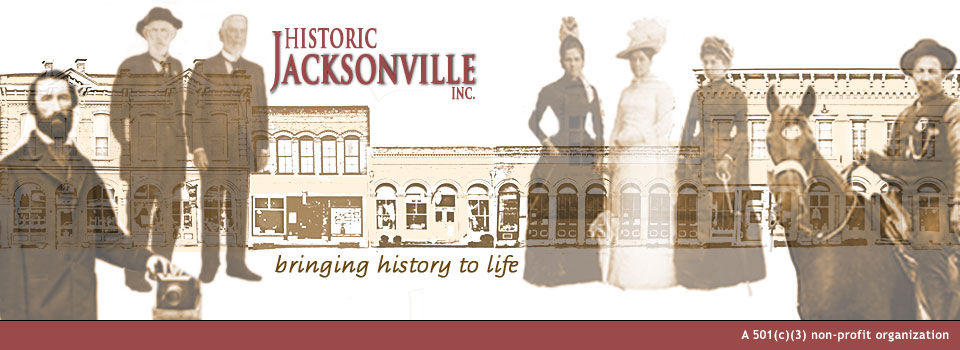Groundhog Day
It’s February 2nd—Groundhog Day. And once again we have the Germans and the Victorian Era to thank for this U.S. holiday custom.
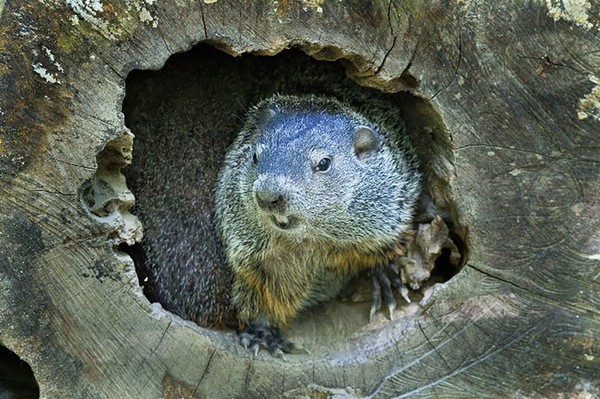
According to this tradition, if a groundhog comes out of its hole on February 2nd and sees its shadow, it gets scared and runs back into its burrow, predicting six more weeks of winter weather. No shadow means an early spring.
The earliest mention of Groundhog Day in the U.S. is a February 2nd 1840 entry in the diary of James L. Morris of Morgantown, which is Pennsylvania Dutch Country. Although Morris was not German, his neighbors were, and he was commenting on their celebration.
However, February 2nd has its roots in both ancient and modern traditions since it falls midway between the winter solstice and the spring equinox. The Celts celebrated it as Imbolc, a pagan festival marking the beginning of spring.
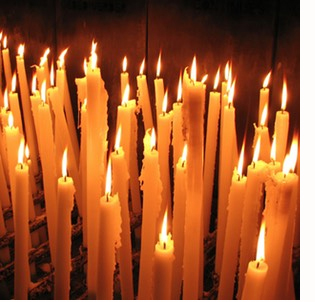 As Christianity spread through Europe, Imbolc evolved into Candlemas, a feast commemorating the presentation of Jesus at the holy temple in Jerusalem. On Candlemas, clergy would bless and distribute candles needed for winter. The candles represented how long and cold the winter would be.
As Christianity spread through Europe, Imbolc evolved into Candlemas, a feast commemorating the presentation of Jesus at the holy temple in Jerusalem. On Candlemas, clergy would bless and distribute candles needed for winter. The candles represented how long and cold the winter would be.
In certain parts of Europe, Christians believed that a sunny Candlemas meant another 40 days of cold and snow. Germans developed their own take on the legend, pronouncing the day sunny only if badgers and other small animals—typically hedgehogs—glimpsed their own shadows. When German immigrants settled Pennsylvania in the 18th and 19th centuries, they brought the custom with them, switching from hedgehogs to the native groundhogs as the annual forecasters, since the latter were plentiful in the Keystone State.
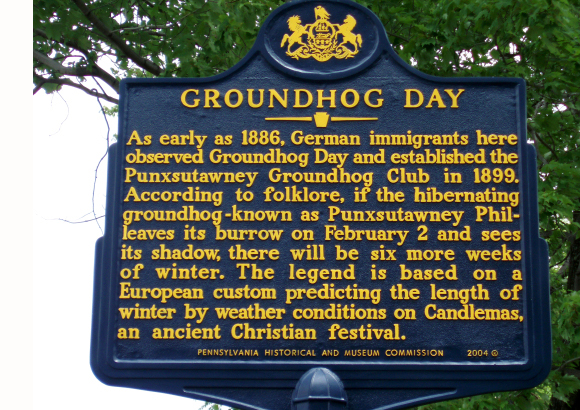
The first reported news of a Groundhog Day observance was arguably made by the Punxsutawney Spirit newspaper of Punxsutawney, Pennsylvania, in 1886. “Up to the time of going to press, the beast has not seen its shadow.” However, it was not until the following year in 1887 that the first Groundhog Day considered “official” was commemorated there, with a group making a trip to the Gobbler’s Knob part of town to consult the groundhog. Clymer Freas, city editor at the Punxsutawney Spirit at the time, is credited as the “father” who conceived the idea of “Groundhog Day.”
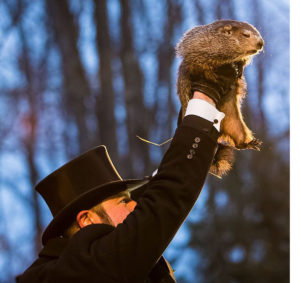 The Groundhog Day celebrations of the 1880s were carried out by the Punxsutawney Elks Lodge. The lodge members were the “genesis” of the Groundhog Club formed later, which continued the Groundhog Day tradition. But the lodge started out being interested in the groundhog as a game animal for food. It had started to serve groundhog at the lodge and had been organizing a hunting party on a day each year in late summer. One source says the first “Groundhog Picnic” was held in 1887; another source states that around 1889 the meat was served in the lodge’s banquet, and the organized hunt started after that.
The Groundhog Day celebrations of the 1880s were carried out by the Punxsutawney Elks Lodge. The lodge members were the “genesis” of the Groundhog Club formed later, which continued the Groundhog Day tradition. But the lodge started out being interested in the groundhog as a game animal for food. It had started to serve groundhog at the lodge and had been organizing a hunting party on a day each year in late summer. One source says the first “Groundhog Picnic” was held in 1887; another source states that around 1889 the meat was served in the lodge’s banquet, and the organized hunt started after that.
Either way, the Punxsutawney Groundhog Club was formed in 1899, and continued the hunt and “Groundhog Feast,” which took place annually in September. The “hunt” portion of it became more and more a ritualized formality because the practical procurement of meat had to occur well ahead of time for marinating. A drink called the “groundhog punch” was also served. The flavor has been described as a “cross between pork and chicken.” The hunt and feast did not attract much outside interest, and the practice was discontinued.
The Punxsutawney groundhog was not named Phil until 1961, possibly as an indirect reference to Prince Philip, Duke of Edinburgh. The line of groundhogs that have since been known as Phil might be America’s most famous groundhogs, but other towns across North America now have their own weather-predicting rodents, from Birmingham Bill to Staten Island Chuck to Shubenacadie Sam in Canada.
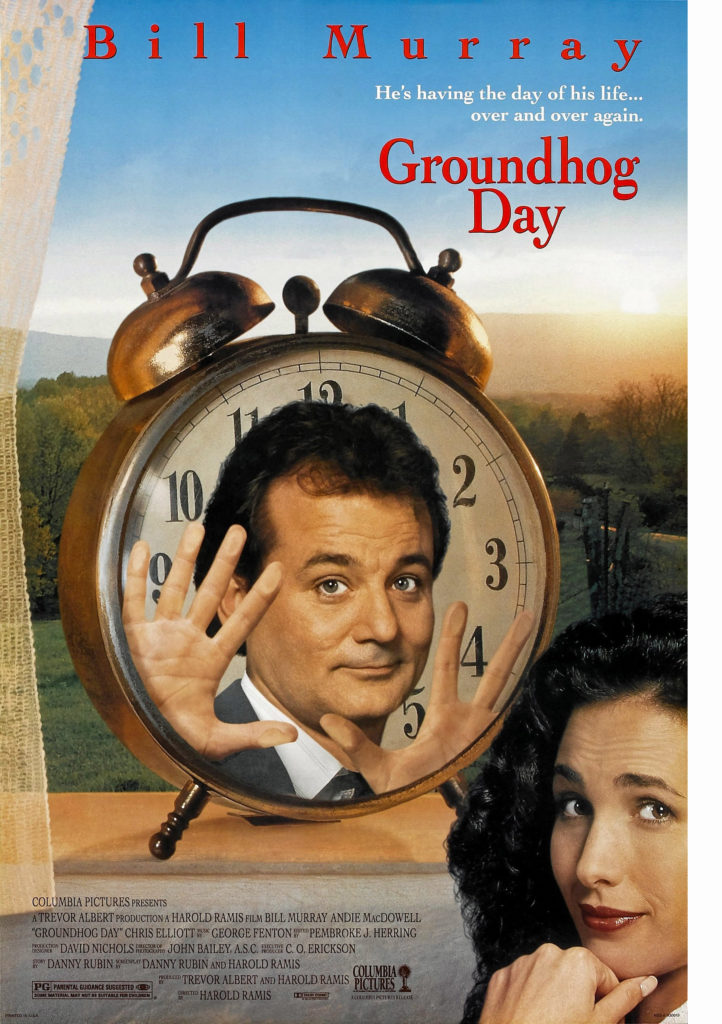 In 1993, the movie Groundhog Day starring Bill Murray popularized the usage of “Groundhog Day” to mean something that is repeated over and over. Today, tens of thousands of people converge on Gobbler’s Knob in Punxsutawney each February 2nd to witness Phil’s prediction, and the Punxsutawney Groundhog Club hosts a three-day celebration featuring entertainment and activities.
In 1993, the movie Groundhog Day starring Bill Murray popularized the usage of “Groundhog Day” to mean something that is repeated over and over. Today, tens of thousands of people converge on Gobbler’s Knob in Punxsutawney each February 2nd to witness Phil’s prediction, and the Punxsutawney Groundhog Club hosts a three-day celebration featuring entertainment and activities.
For the record, groundhogs, also called woodchucks and whose scientific name is Marmota monax, typically weigh 12 to 15 pounds and live six to eight years. They eat vegetables and fruits, whistle when they are frightened or looking for a mate (they’re sometimes called whistle pigs) and can climb trees and swim.
They go into hibernation in the late fall. During this time, their body temperatures drop significantly, their heartbeats slow from 80 to five beats per minute and they can lose 30 percent of their body fat. In February, male groundhogs emerge from their burrows to look for a mate (not to predict the weather) before going underground again. They come out of hibernation for good in March. So it’s possible that Groundhog Day is actually a pre-cursor to Valentine’s Day (more about that holiday in a future post).
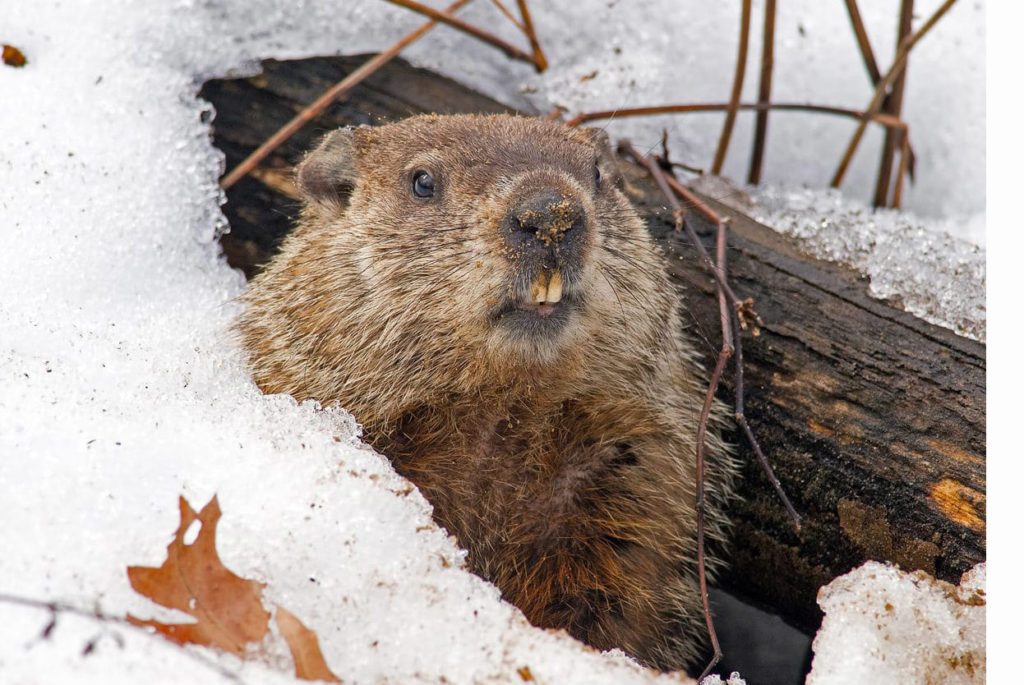 We should note that Punxsutawney Phil has seen his shadow 97 times, has not seen it 15 times, and nine years are unaccounted for. Also Phil is not that great a weather forecaster. According to the National Climatic Data Center, Phil’s accuracy rate is only 39%.
We should note that Punxsutawney Phil has seen his shadow 97 times, has not seen it 15 times, and nine years are unaccounted for. Also Phil is not that great a weather forecaster. According to the National Climatic Data Center, Phil’s accuracy rate is only 39%.
Sources Cited:
History.com Editors, “First Groundhog Day,” https://www.history.com/this-day-in-history/first-groundhog-day
“Groundhog Day,” Wikipedia.
“Groundhog Day: A History and 5 Facts You Didn’t Know,” Huffpost.com.
